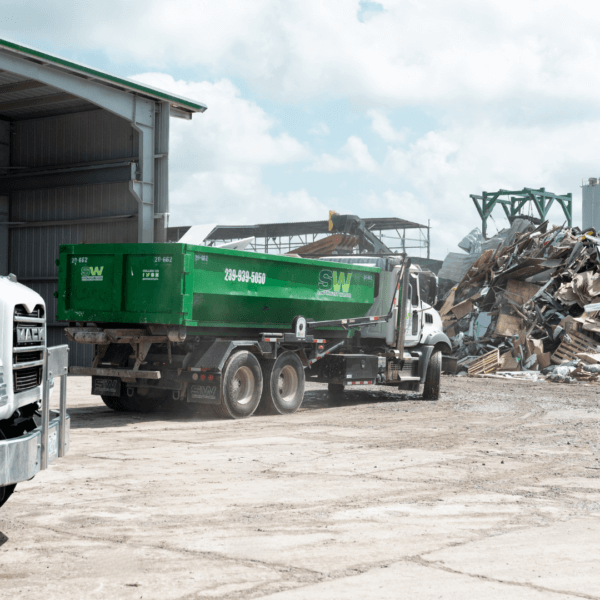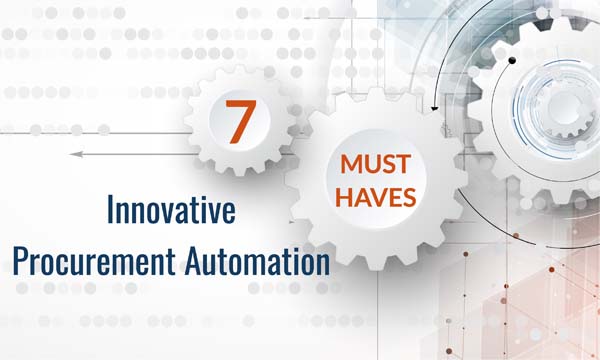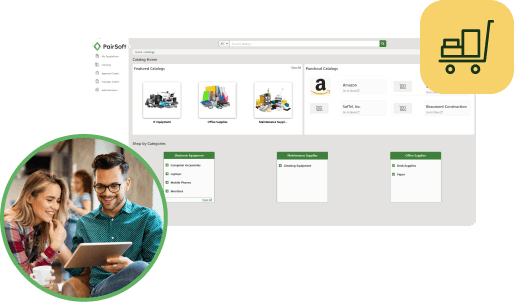Technology has the capacity to transform an organization, allowing it to become more innovative, agile, proactive, and responsive. The pandemic has
accelerated the need for companies to step up the pace of their digital transformations, embracing technology in new and strategic ways. Key areas where
technology can make measurable advances are in the workflow and procurement automation functions.
Even before the global health crisis hit, 92% of company leaders surveyed by McKinsey thought that their business model would not remain viable at their current rates of digitization. What can innovative procurement automation do for your company? Here we highlight seven must-haves in your next procurement automation application.
1. Advanced OCR capabilities
OCR is an ideal tool to aid the procurement function, where it can be leveraged to capture electronic invoice data, saving time by eliminating manual data entry. While many procurement automation applications claim to have OCR capabilities, most are not capable of capturing invoice data down to the line level, meaning users will still be responsible for data entry tasks. Look for a procurement automation solution that incorporates this advanced level of innovation to further streamline the invoice capture process.
2. Mobile accessibility
As more companies plan to keep employees working from home indefinitely, technology is needed to ensure vital work processes continue. Mobile capabilities are a top procurement-automation must have, not just for the procurement team, but for all employees. Innovative procurement automation solutions provide mobile apps that deliver functionality present in the desktop version, including the abilities to request, approve, and receive purchases on the fly; use push notifications to speed up the approval process; snap and attach images of receipts and packing slips; and view budgets and set approval thresholds to keep spending withing established limits.
3. Punchout capabilities
PunchOut is a name given to the technical protocol that allows companies to directly connect to suppliers’ product catalogs from within their procurement automation software. If a supplier supports PunchOut, a company’s shoppers can browse and shop in real-time on a vendor’s website—without ever leaving the procurement automation solution. Upon check out, the procurement automation software creates a requisition, ready for review and approval. Using PunchOut helps companies maintain better control over spending, using approved vendors and negotiated pricing.
4. ERP integration
Integrating procurement automation solutions with ERP simply makes smart business sense, especially when the integration is out-of-the-box (requiring no costly customizations) and operates in real time. Real-time, out-of-the-box integration promotes many of the attributes businesses are looking for in their procurement and finance systems, including flexibility, control, visibility and forecasting. These same attributes are also represented in a set of 2019 ERP trends that include a focus on functionality over price, favoring solutions that provide real-time business insights and an increasing move to a two-tier model, that combines more than one software or vendor. That being said, the most innovative procurement automation applications offer both out-of-the-box integrated and standalone options to meet the needs of a variety of companies.
5. Robust budget control
A company’s best efforts at spend management can be thwarted when purchases exceed budgeted amounts. Employees may simply not be aware of budget constraints when requesting items or budget values may be unavailable to them. This leaves the job of budget control with the approvers. An innovative procurement automation application will incorporate advanced budgeting engines that enforce the corporate budget throughout the entire requisition and procurement process.
6. AI and machine learning
There are a number of disruptive digital technologies that are beginning to transform the procurement cycle, speeding and streamlining operations and lowering overhead costs. Among those technologies are artificial intelligence (AI) and machine learning. These technologies can be leveraged to eliminate manual tasks such as data entry, two-way and three-way matching of invoices, invoice routing, and invoice filing and retrieval. The most innovative procurement automation solutions will incorporate these technologies in smart, yet practical ways.
7. Flexible approval processes
A well-designed and well-enforced requisition process is fundamental to managing spend before it starts. But if the approval process is overly burdensome and lengthy, employees may look for ways to work around the process, sabotaging your efforts to manage spending. An innovative procurement automation solution will provide a secure, easy-to-use, and flexible approval workflow with mobile accessibility — which promotes user adoption and brings more spending under your direct control.
Procurement automation — the right technology at the right time
As companies make the adjustments needed to succeed in the new economy, they’ll look to leverage technology tools capable of delivering a rapid return on investment. Innovative procurement automation solutions are one technology delivering measurable ROI. A new Levell research study, The Increasing ROI of Spend Management Automation, found that introducing automated procurement tools can save a company 65% in the cost per purchase order and 85% in the cost per invoice. The companies that are leading the way out of this crisis, the ones that will outpace and outperform their competitors, are those that use technology, including procurement automation, to their full advantage.







